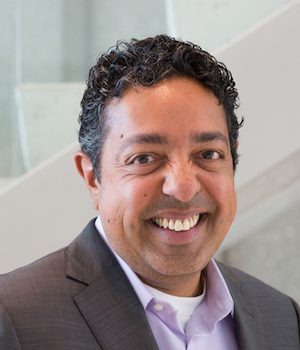Open Data and Global Drug Discovery
A2) Open Data and Global Drug Discovery
What if it turned out that all the data scientists needed to find new ways to diagnose and treat disease were already available for free online? As just one example, the number of DNA samples that have been genetically sequenced is doubling every few years, with nearly 2 million now publicly available.
Atul Butte, a former software engineer at Apple and Microsoft who runs the Institute for Computational Health Sciences at the University of California at San Francisco, says we already have more data than we know what to do with. He has used publicly available data to find new uses for established drugs — something that can be done for a few hundred thousand dollars, a pittance in comparison to the $1 billion or more that a drug company would spend to develop a new compound and take it through clinical trials. Butte believes research with open data is the wave of the future, and it is a trend that will have global implications, both for the economy and for our health. “Open data is the most amazing export from the Western world,” he says. “A kid in Bakersfield or Bangladesh can make a drug with this data, sell it back to us for $1 billion, and we’re happy with this story, because we need those drugs. Nothing beats data as an export.”

